Meet Elliot Nelson, Chair of Downtown Tulsa Partnership
September 20, 2023
Category: Downtown Partnership
With a passion for crafting unforgettable dining experiences, Elliot Nelson has made his mark in the food and beverage world in Downtown Tulsa and beyond. As the driving force behind McNellie's Group, he has artfully combined culinary expertise and a knack for creating inviting spaces, ensuring that each establishment under his guidance becomes a hub of community and flavor. Through his dedication to quality and innovation, Elliot has transformed the Downtown dining landscape, leaving an indelible impression on those who savor his creations.
In addition to this role as Downtown Tulsa Partnership's new Board Chair and the creative force behind the renowned McNellie's Group, he concentrates on urban properties and has developed 17 historic properties, as well as new multi-family housing and The Boxyard, a Downtown retail center constructed from shipping containers. He is also the past Chair of the City of Tulsa's Economic Development Commission, Tulsa's Downtown Coordinating Council, and the Oklahoma Restaurant Association. He also serves on the Boards of the Metro Tulsa YMCA, the Tulsa Regional Chamber of Commerce, and Vast Bank.
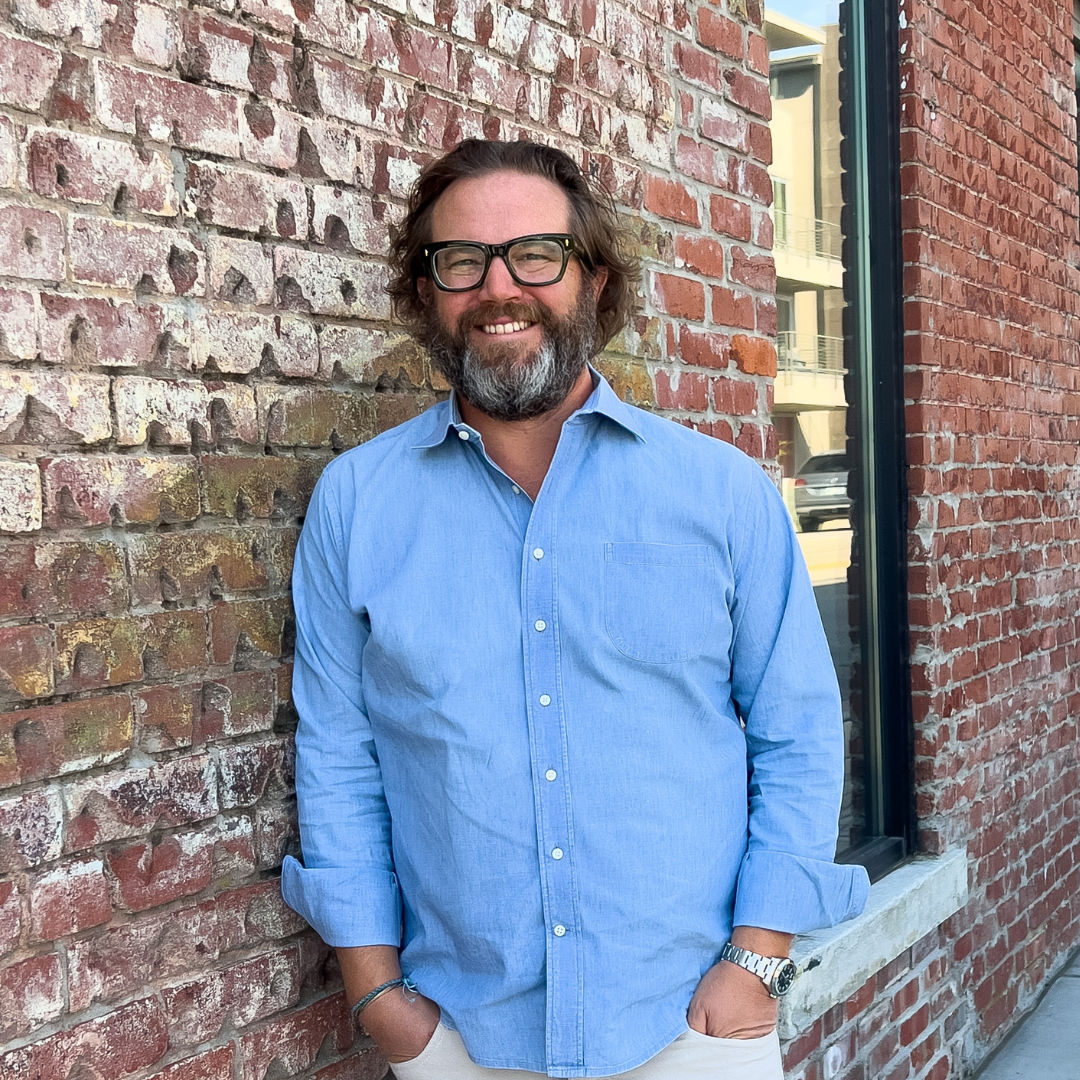
When did you start being passionate about Tulsa?
"I was born and raised in Tulsa, and so were my parents and grandparents. We were off on this trip to Washington D.C., and I was in line next to some kids from, I think, New Jersey. I told them I live in Oklahoma, and they started asking if we had dirt roads and rode horses to school and said other ridiculous things to us. I look back to that point where I started developing a little bit of a chip on my shoulder about being from Oklahoma.
"Later, when I left for college, my parents would take us out on road trips every summer to see the country. So I had a pretty good idea of what was out there. I remember meeting a girl in the first week of school. She was from Buffalo, New York, and she asked me where I was from. I told her Tulsa, Oklahoma. And she was like, 'Where the hell is that?' I'm like, 'Well, actually, it's about the same size as Buffalo. And I've been to Buffalo, and Buffalo is terrible. So it's much better than that!' So yeah, I probably have hundreds of experiences like that. You know, if you are from a place like Oklahoma, and you travel around, you'll find that people either don't know where it is or they have some kind of preconceived notion about us being in the backwater of the world. So, I think I had a chip on my shoulder but also some pride about where I was from. I've always really liked this town; I think it's a great place.
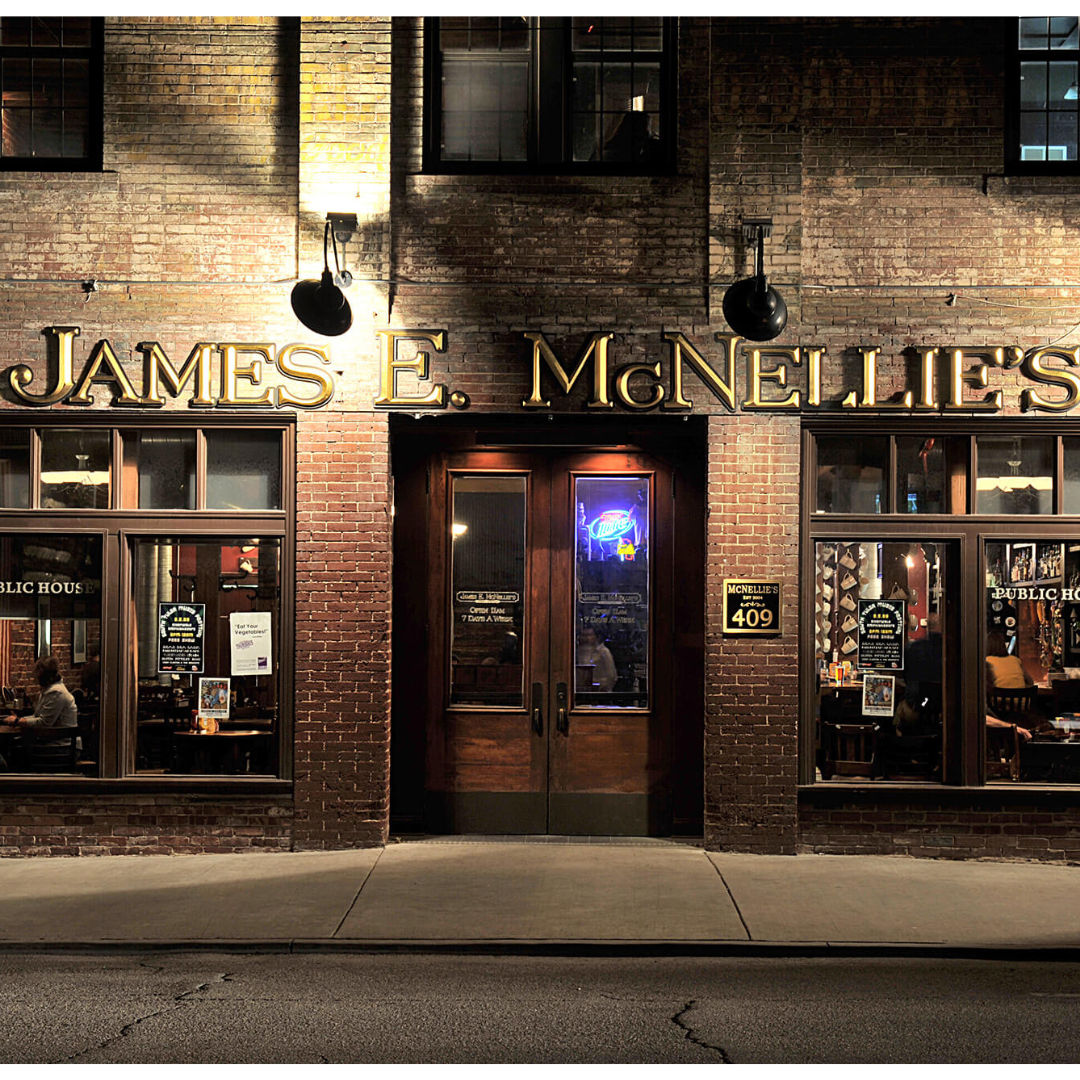
"As I got older, especially as I started looking at building McNellies's, I started looking at Tulsa with a more critical eye and thinking, 'You know what, it's not that great. It can be so much better.' And that was what drove me to look Downtown for a location for the pub. It started this idea of more than just building restaurants, but more like trying to change the city into being much better than everybody thought it was.
"We get a lot of feedback from Tulsa Remote people and others who move here who say, 'Man, there's a lot of really good stuff happening here.' When I was a kid or a teenager, I always thought good stuff happened here, even then. All the stuff I've done over the years is just trying to turn it into the city that everyone is really proud to live in.
"As I was looking for a place to build the pub, one of the things that really stuck with me is, happy hour is an extension of whatever neighborhood you're in. There weren't really any bars at the time where you could walk in in a suit. I spent a lot of time in New York and Chicago. And at 5 o'clock, I'd see people go out as a kind of a continuation of the workday, like your work life starts to bleed into your social life. And in Tulsa, at that time, if you were meeting somebody for happy hour, you would drive to Brookside 3 1/2 miles away to get to the nearest bar, and that was weird to me. I was trying to build this place where Downtown people could stay Downtown right after they got off work and have a beer or something. Because to be a real city, you have to have those things; otherwise, you get all those awful things people say."
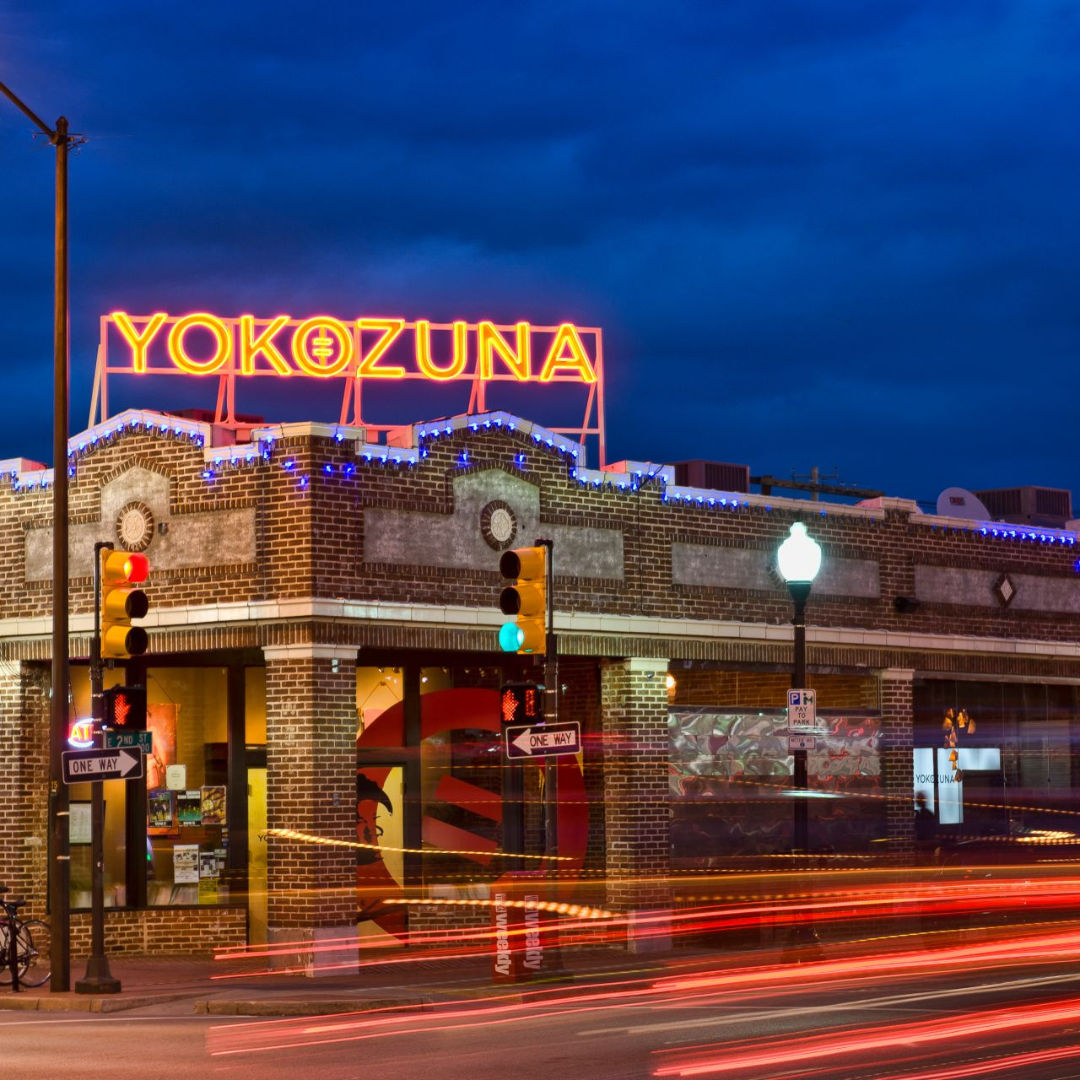
How did you start getting involved with the City of Tulsa and Downtown Tulsa specifically?
"My first real City involvement was when we were working on the Vision 2025 stuff. I was in my late twenties. And, there were a lot of voices out there, negative voices, about Vision. So, I started showing up to a lot of meetings, signed up to speak, and started talking about why I thought it was important for us to invest in our central core and why it would make a difference. There were a lot of people who were very focused on 71st and Memorial and didn't know why we would invest in the other side of town. But really, Downtown Tulsa is the only unique part of the city. Shopping malls exist in every city in America. The only thing we, as Tulsans, really had that is unique to our city is the urban fabric we built 100 years ago, and every city's urban core is different.
"So I continued showing up and speaking and helped campaign. But you know, McNellie's was probably nine months into construction when that passed, so I knew we were doing it. We were building Downtown Tulsa up. And then we got to work to make it happen. I started getting involved with other stuff with the City overall. Honestly, I thought that bill — that part of the package that would invest in Downtown Tulsa — would spur more development than it did, but it didn't. So, I just started trying to figure out a bit more how to do stuff myself.
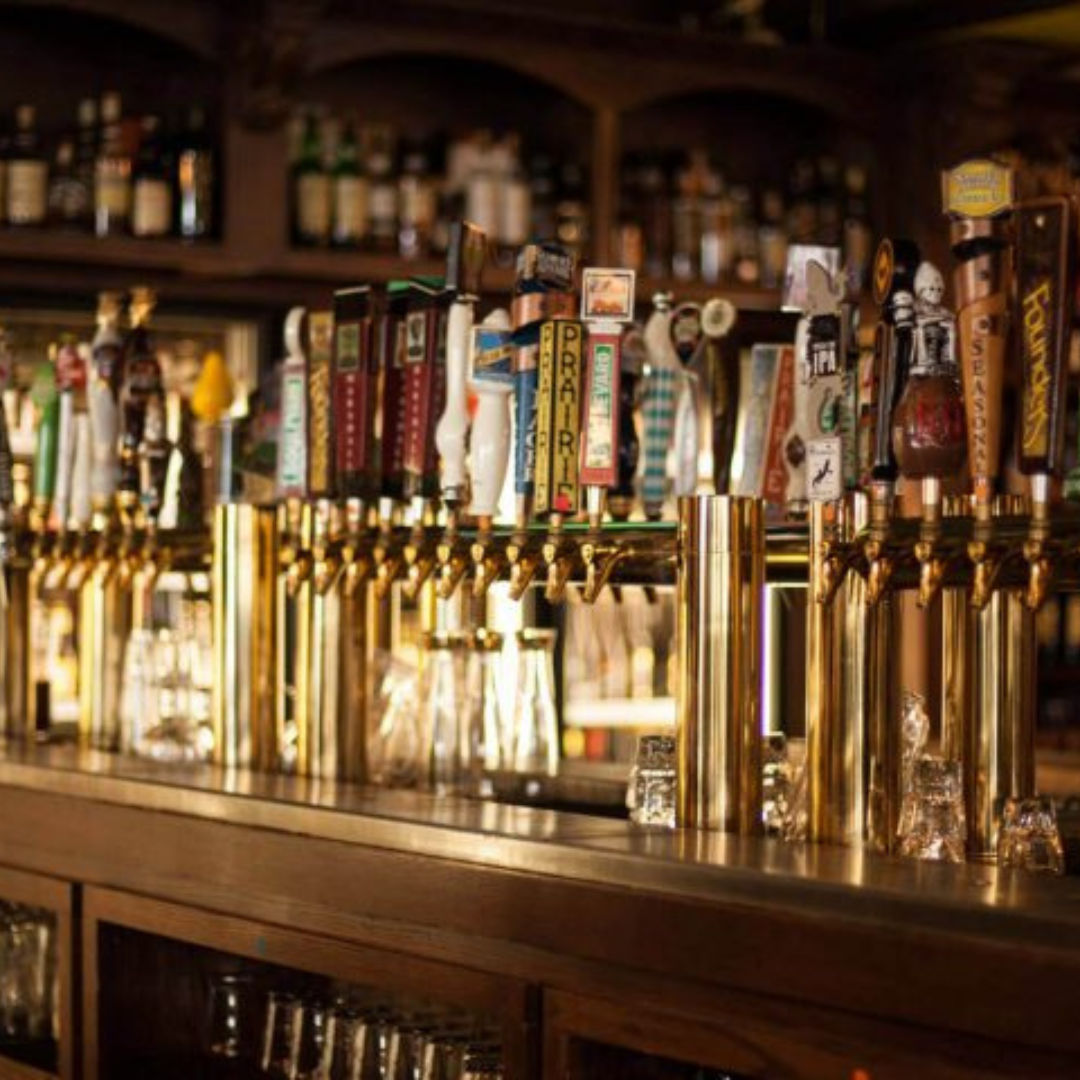
"McNellie's was the first full two-story restaurant to obey permits from the City. We also built the first three-story restaurant and started combining lots from different owners into one. And we started doing all this stuff that nobody had done before and kind of started charting the way. Every day was something different, trying to figure it out, but because of that, I had to start interacting with the City a lot to get all these old buildings put back into service. So I got to know the Mayor's Office, and they started including me in Economic Development Commission when I was probably 28 years old, just a kid in the restaurant business. So that's kind of where it really started with me just prioritizing it and showing up to that stuff. At that point, there were a lot of voices in that room that belonged to old people who really didn't care about change. But I did, and so did a handful of others.
"It wasn't that hard to get involved in the City's development at the time, although I did have to pester my way into those rooms because I didn't have a ton of credibility. I built credibility by always showing up and being there. But I think in Tulsa, the people here are very hospitable. They're very kind, generally speaking. And I think it's easy to get involved here because if you show any interest at all and you reach out, the people here really respond well to that.
"So, like me being involved in the Economic Development Commission, I remember sending Kathy Taylor a letter saying, 'Here's what I'm doing, and I want to be involved more.' She wrote back and said, 'OK, I am putting you on this Commission.' But I think that's generally speaking, like, if you show an interest here in Tulsa and a will, I think the establishment at large is very receptive to welcoming new people, especially to get the energy, because the more people you have, the more you can accomplish. So yeah, I think it is easy to be a part of the change here."
How did you get involved with Downtown Tulsa Partnership?
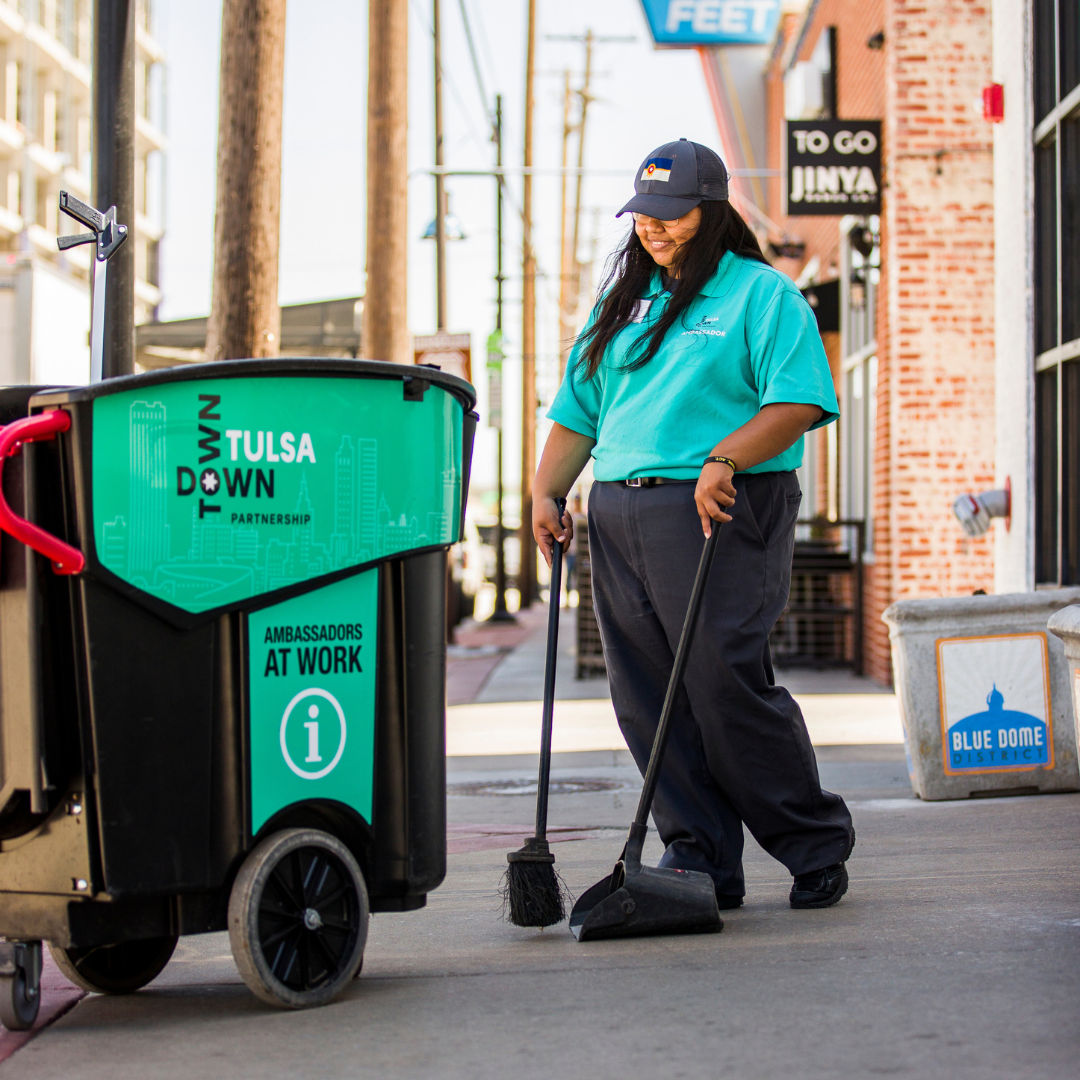
"When the Downtown Coordinating Council was formed, I was the Vice Chair, and eventually I got thrust in as the Chair all of a sudden in 2009. We had a lot of good people on that Board: Susan Neal, Tom Baker, Karen Keith, Tom Wallace, Jeff Scott, Chris Bumgarner, etc.
"It became apparent after a while that we needed someone in a full-time role to handle all the stuff that was coming in. We had a contract to do the cleaning and stuff. But there was so much more that we were trying to do with the money that we ended trying to hire Tom Baker. He had been a deputy mayor and the fire chief who was retired, but he was still around doing stuff, and he was a guy with tons of knowledge of what went on at City Hall.
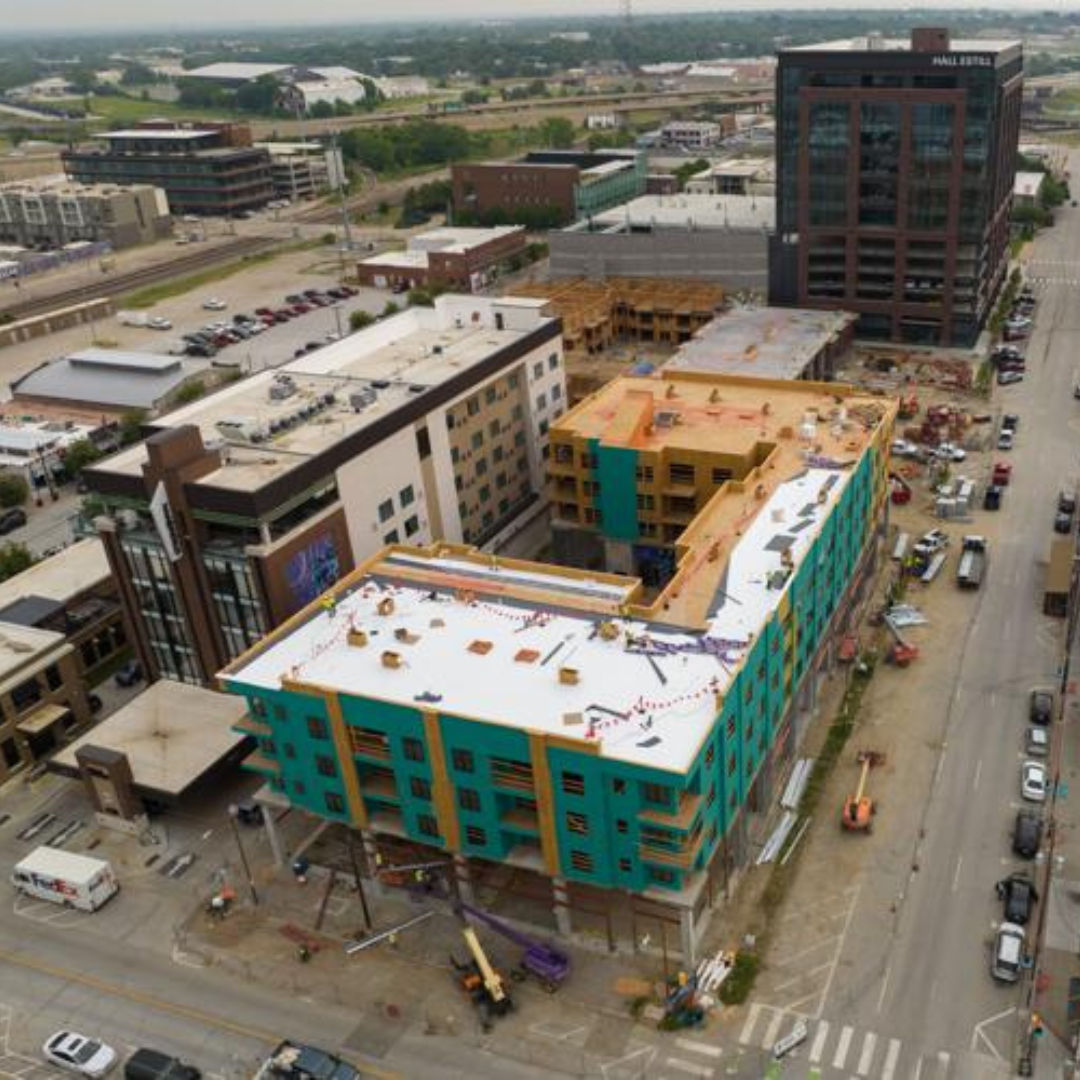
"So then I served on that Board for the life of it and then we decided, when Tom finally retired from that, to do a search for that position. At that point, that job had kind of morphed into a job as part of the Mayor's Office. And we as the Board didn't have any decision-making authority, we had only recommending authority. So what we said, everything recommended, we had to check with the Mayor's Office. So in that search the Mayor hired Brian Kurtz, but we were all part of that search. We also knew that long term, we needed to get the organization out of City Hall so that people on the Board can actually make decisions. Things were really slow in terms of making impactful change, and there was a lot of red tape.
"In July 2021, we formed Downtown Tulsa Partnership. The biggest differences we have as an independent nonprofit is the budget authority. Chris Bumgarner and I kept the budget forever. And it was just kind of our job because we were the ones who had been doing it forever. We had this big pool of money that we couldn't spend, and every year we would budget it and allocate it, and then it would never get spent. So it just kept building. I mean, it was several hundreds of thousands of dollars, but before the separation from the City, we couldn't say "spend it" and then go start the next day. We'd say "spend it," and then the Mayor would have to approve it, and then it would have to go through City. Anything more than $25,000 would have go through the RFP process, and then it would just become a disaster. So getting out of that situation was really important at the start."
What's the difference in your role now as the Chair of Downtown Tulsa Partnership's Board?
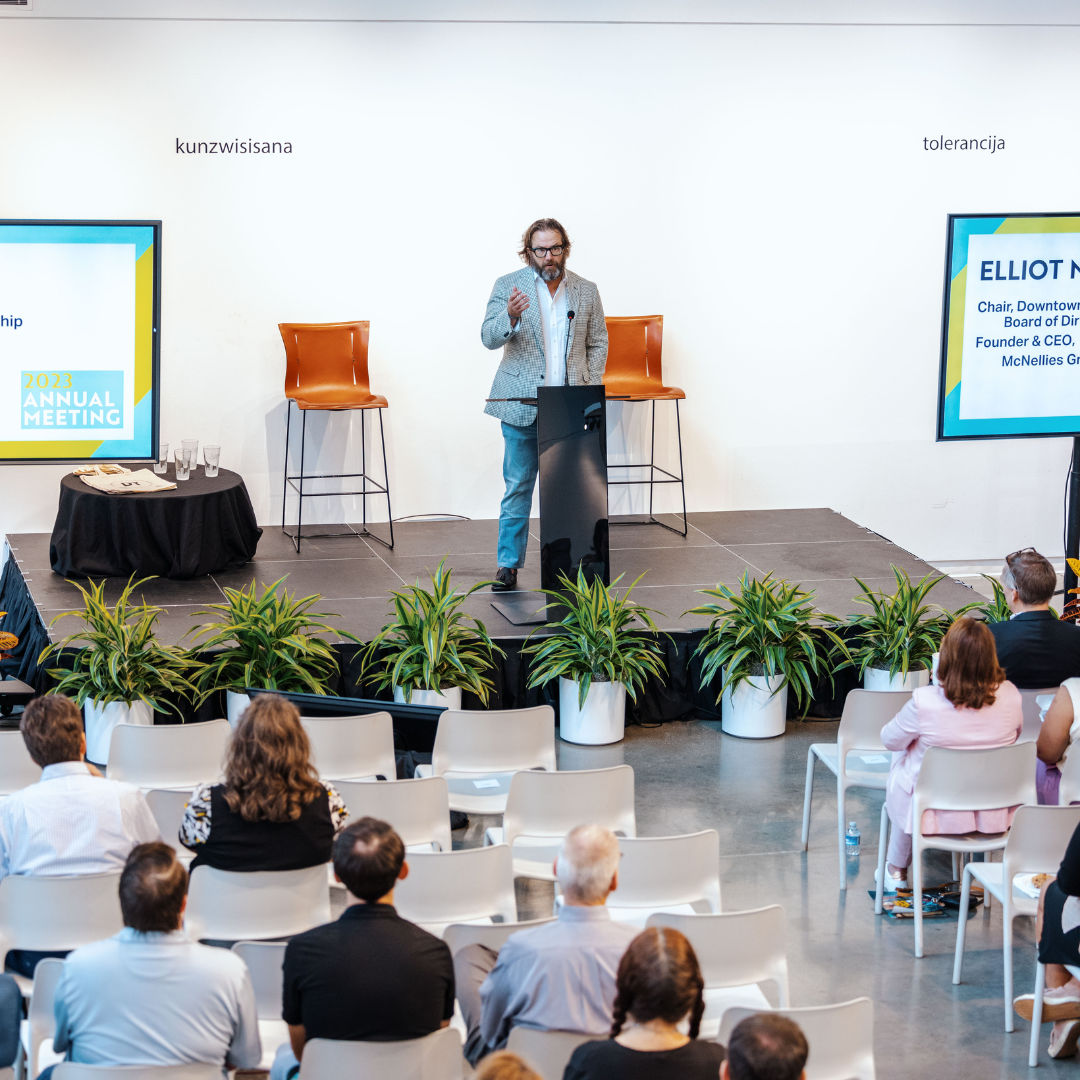
"Honestly, it's not too dissimilar from where I first found it, the first time I went out in the field when I was the chair of the Downtown Coordinating Council. And that is, we're still an organization in its infancy, which needs some direction, it needs defined parameters, etc. And I think there's still a lot of people, including stakeholders, that still don't really know what the Downtown Tulsa Partnership is. So I think there's an opportunity to really shape what this organization will be for the next 20 years.
"We are trying to make sure the organization is set up right and that we have the right priorities and mechanisms in place to pursue them. And part of that, too, is knowing what we are and trying to figure out where we can make an impact, where we can really make a difference, and also know the places where we just need to be the mouthpiece for change but not necessarily try to do the action part.
"Last year, Chris Bumgarner's role as Chair of the Board was a lot of time trying to unwind the past and trying to get a clean break from the City and get us finally to a point where we can start with the fundraising we've been needing to do and make certain decisions in the budget. This year, finally, we're looking at sales, but it took a long time to get there. So, I think, for me, it's just an opportunity to keep Downtown Tulsa progressing. My whole professional life my focus has been just trying to keep Downtown Tulsa moving forward and progressing into the place that I think it's meant to be."
Will the work in Downtown Tulsa ever be "done?"
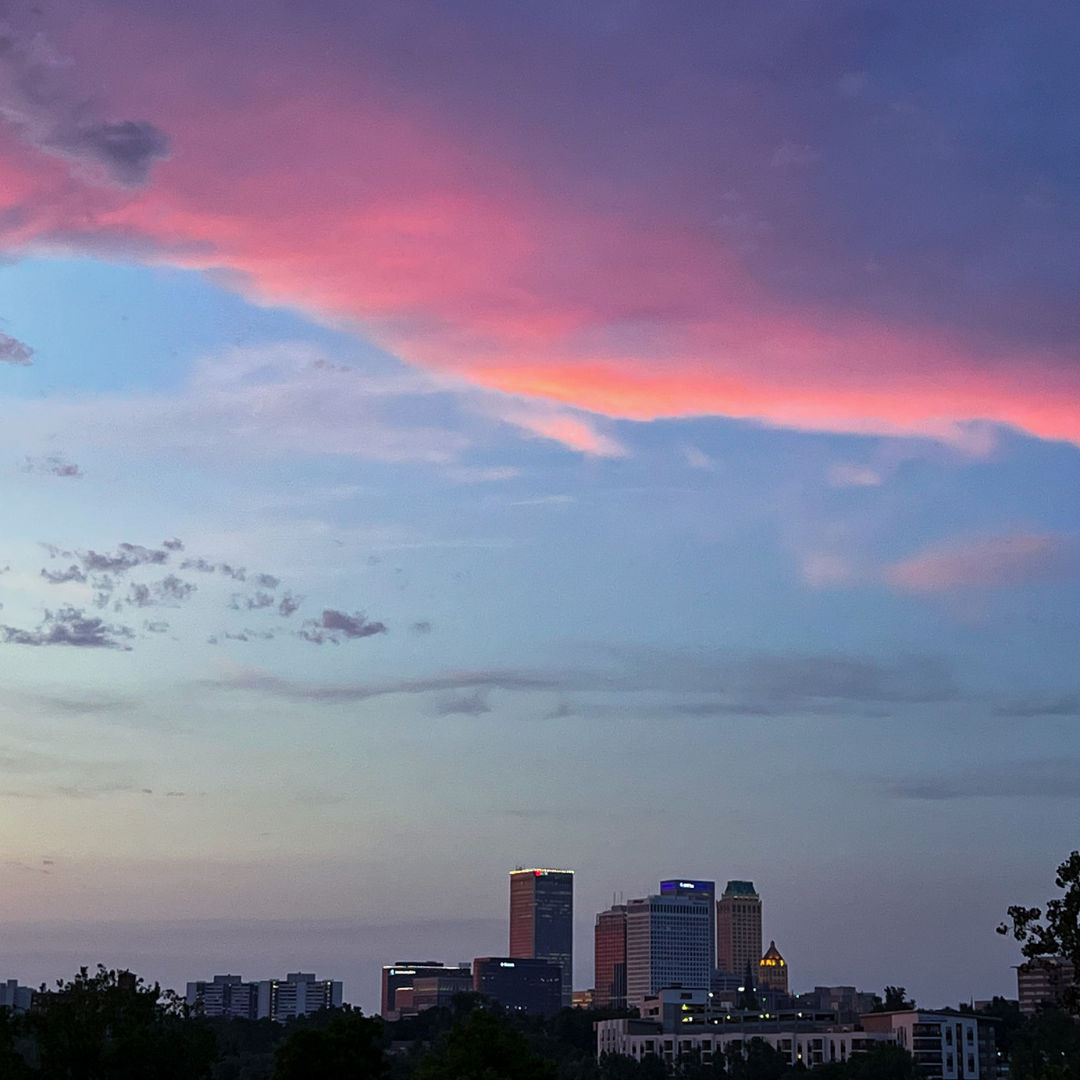
"Oh, it will always be there. I used to think actually, that I was working toward some kind of end, and that I would have a moment when it all felt done. Santa Fe Square, which I have been working on for a long time, is finally coming to a close. We'll be finished next summer, but it has been a 20-year effort for me. We've got a lot of restaurants down here, we developed apartments in a couple of different places, and retail, and we've redone a bunch of old buildings and then we have this big project, Santa Fe Square. But now that I'm nearing the end of that, I still just see all the stuff that's not done.
"For me, I just wonder if I'll be able to let off the gas. And at some point, I keep waiting on the next 'me' to show up. Who's the next 25 year old who's going to start doing this? I've spent 20 years on it. But I'm sure they're out there; I just haven't met them yet. But yeah, I'm not sure when we find the 'better.' I really don't. It's funny, you get accolades all the time and hear good stuff. Our restaurants have been written about, recognized, and Tulsa has grown. We've been in the New York Times and the LA Times. You see your name places and you think for a moment, 'Oh, this is it, we are better!' and then you realize there is still so much love to do. But it's OK.
"You know, I'm more peaceful right now, but it used to drive me nuts that we couldn't get more done more quickly. And I've just kind of had to let it go. At some point I won't be here anymore, or I won't be doing as much. I'll retire or die — maybe dying is my retirement. But I want us to be able to look back and say, 'OK, we made a difference.' I'm trying to find some contentment in that. The 'finishing it' is not possible because as soon as you can, there's more.
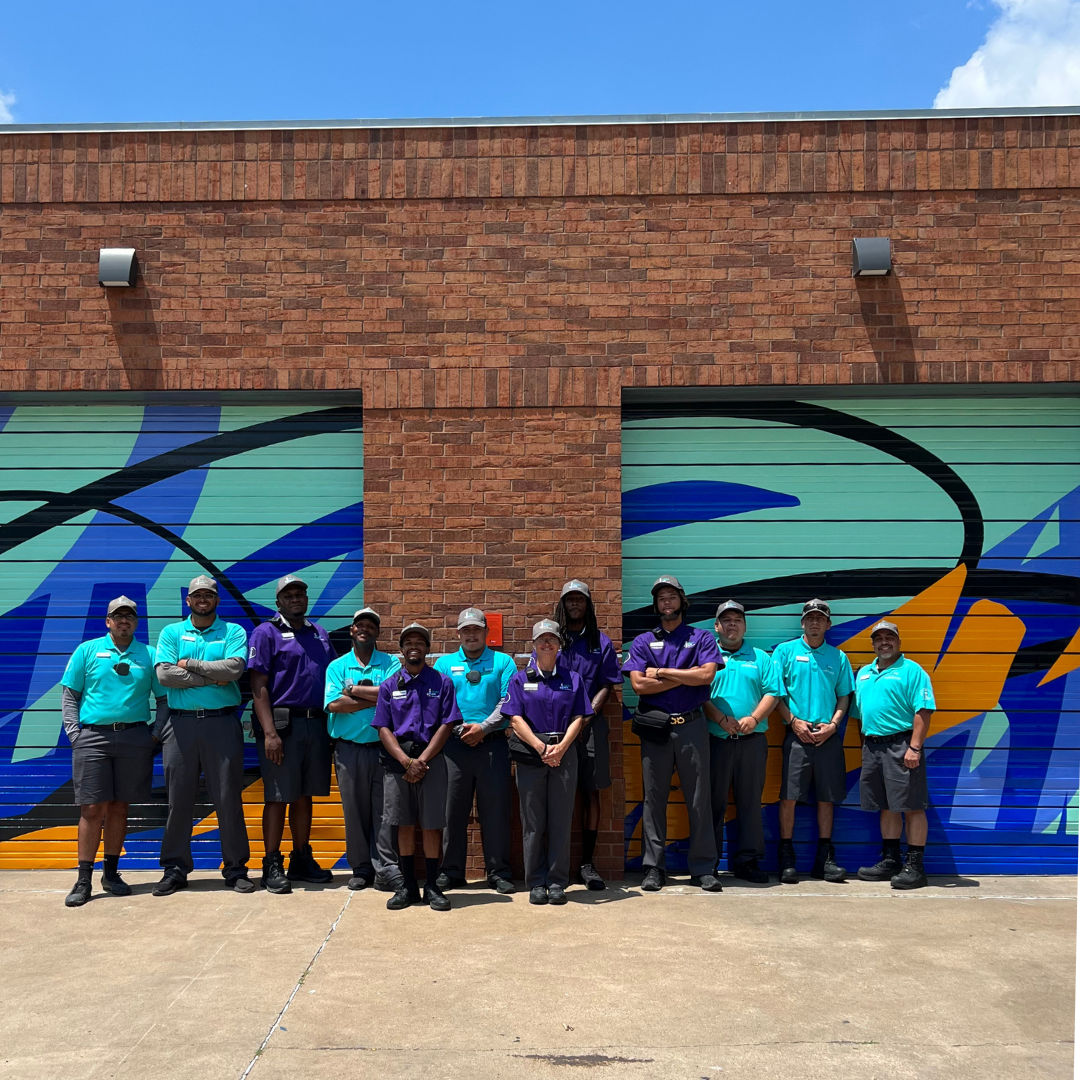
"The data is also constantly evolving. Tulsa just changed again, post pandemic. There's a lot of housing that will come online in the next few years. There are more restaurants that are going to show up, there's just more things. I think our work at Downtown Tulsa Partnership is making sure we keep evolving the organization to a place that keeps up with what that time is becoming, and where the needs are. And again, making sure now that we finally have autonomy of our finances that we deploy those finances properly in a way that makes the greatest impact for a limited amount of funds that we have."
What is your vision for Downtown Tulsa?
"We still need more density; we need more more housing. I hope that one day we have so many people living here that it feels like a full neighborhood all the time. There are people here, and it is growing. But we need to get to the point where Downtown Tulsa is its own thriving residential place. And hopefully that it has more permanence, because right now the vibrancy of Downtown can still come and go."
What have you learned from being involved in city planning?
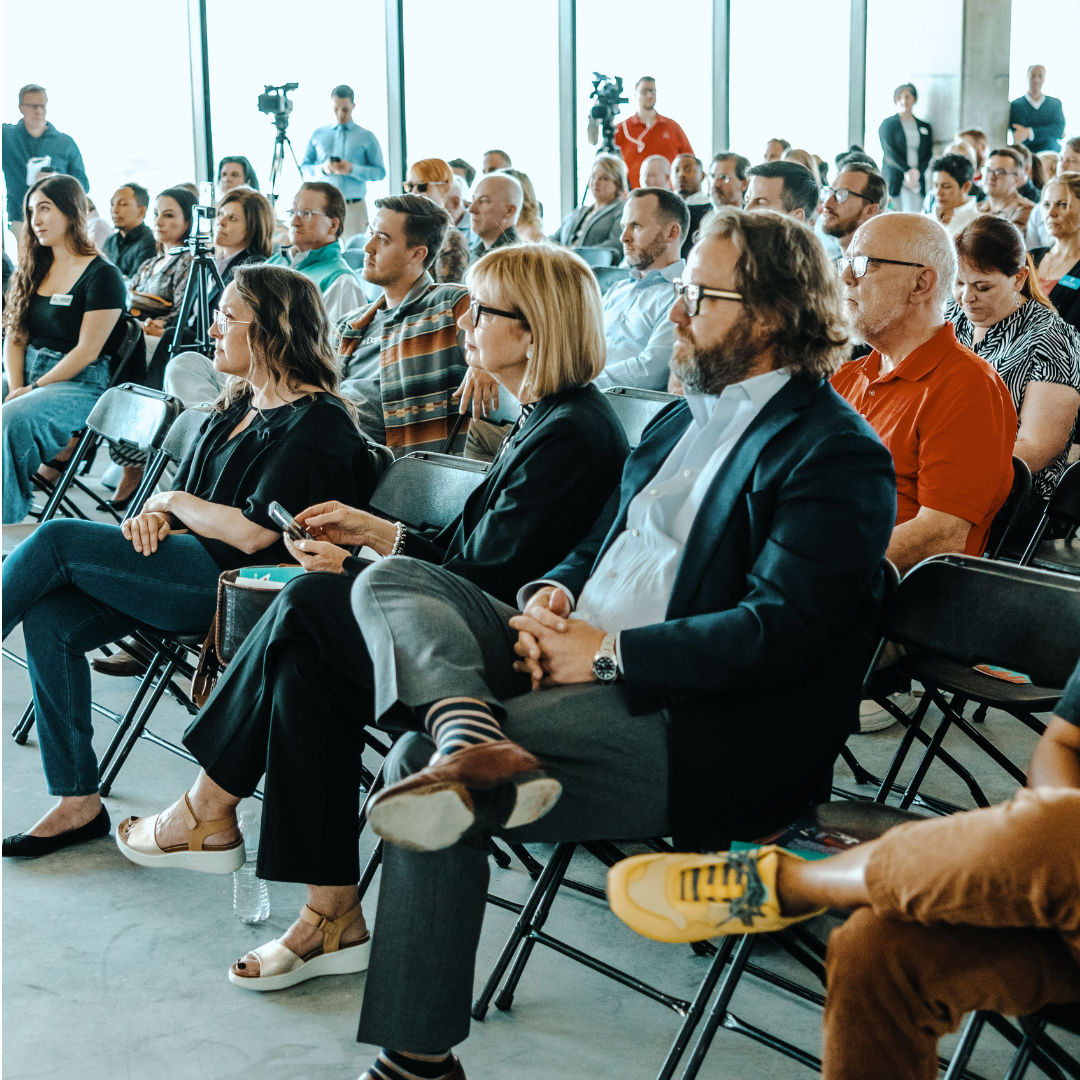
"I've learned how to listen better. Especially as I get older, you know, it's not just me and my opinions, right? It's about trying to make sure you get the most people to the best end. You're never going to get full consensus on everything you do. But trying to at least find a happy medium and do things that the most people can agree on is important.
"Figuring out how to develop things in urban areas is really, really difficult. It's just hard to do. And there are so many things that go into everything. There's utilities everywhere, it's the limited space you have to build things in, and all buildings that are falling apart that cost more money to restore than tear down, and everything's more expensive. Everything is more difficult. But it's also something I think really matters. Some of the difficulties go on for days, but it's also all I've ever done."